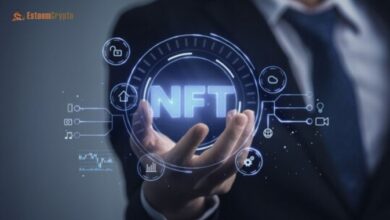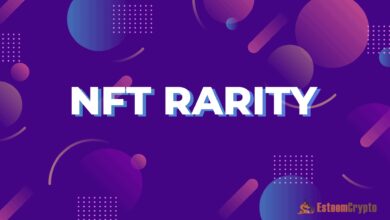NFT Staking: The Next Frontier in Digital Asset Management
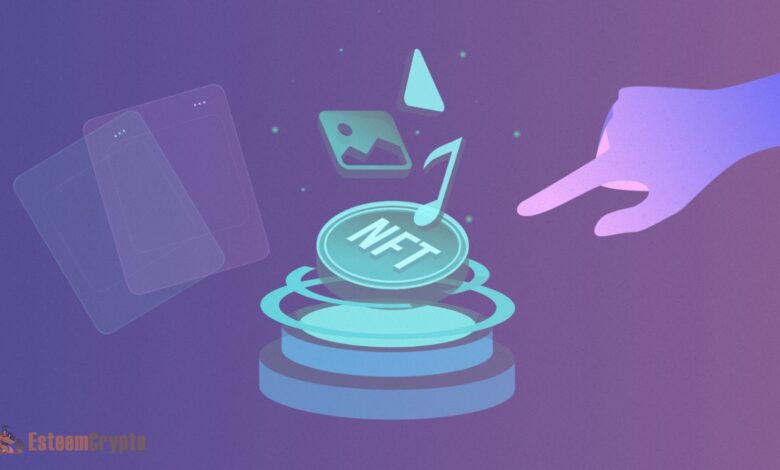
NFT Staking: The blockchain and cryptocurrency landscape continually evolves, with innovations that push the boundaries of digital finance and asset management. Among these innovations, Non-Fungible Tokens (NFTs) have garnered significant attention, transforming how we think about ownership, art, and value in the digital world. While NFTs are often associated with digital art and collectibles, NFT staking is quickly gaining traction as a new frontier in the blockchain ecosystem. This article explores the intricacies of NFT staking, its potential benefits, challenges, and its impact on the future of digital asset management.
What is NFT Staking?
NFT staking is a process that allows NFT holders to lock their assets into a platform or protocol to earn rewards, typically in the form of cryptocurrency or additional NFTs. This concept borrows from the broader practice of staking in the cryptocurrency world, where users lock up tokens in a blockchain network to support its operations and, in return, receive rewards.
The core idea behind NFT staking is to incentivize long-term holding and participation in a particular ecosystem. Instead of simply buying an NFT and hoping for its value to increase, users can actively stake their NFTs, contributing to the network’s security or governance while earning passive income.
How Does NFT Staking Work?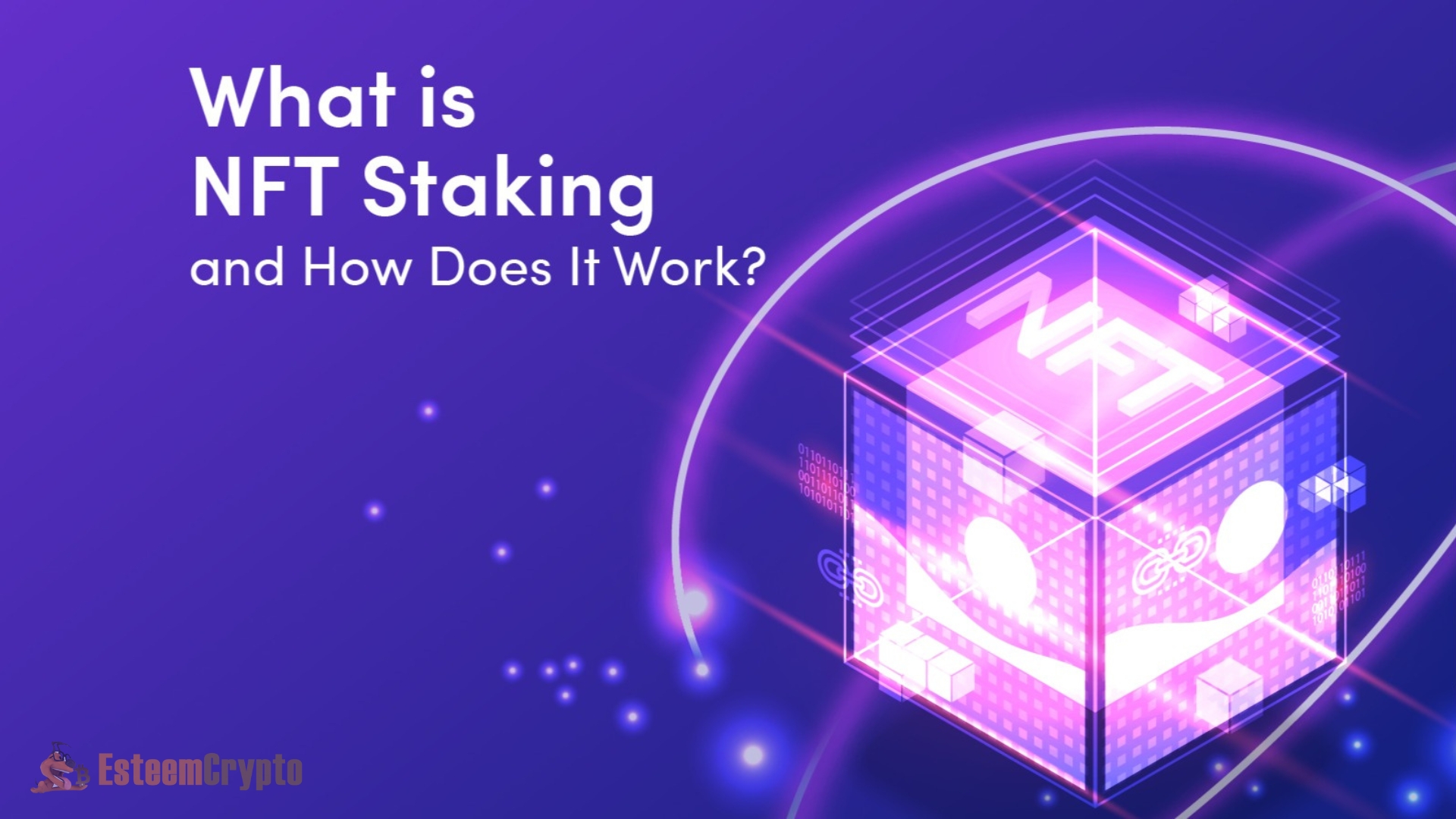
NFT staking generally involves locking NFTs into a smart contract within a blockchain platform. The staked NFTs may be used for various purposes, such as providing liquidity, participating in governance, or supporting the underlying blockchain network. In return for staking their NFTs, users are rewarded with tokens, which can either be native to the platform or by other cryptocurrencies.
The process typically involves the following steps:
- Selection of a Platform: Users choose a staking platform or protocol that supports NFT staking. These platforms vary regarding the types of NFTs they support, the rewards they offer, and the staking mechanisms they employ.
- Locking NFTs: Once a platform is selected, users transfer their NFTs into a smart contract on the platform. This contract ensures that the NFTs are securely locked and only accessible under specific conditions.
- Earning Rewards: As NFTs remain locked in the contract, users earn rewards over time. These rewards are usually proportional to the value or rarity of the staked NFT, as well as the duration of the staking period.
- Unstaking: After a specified period or when the user decides, they can unstake their NFTs. The NFTs are returned to their wallet, along with any accrued rewards.
Types of NFT Staking
NFT staking can take various forms, depending on the platform and the type of NFTs. Some common models include:
- Standard Staking: This is the most straightforward form, where users lock up their NFTs and earn rewards based on the time and value of their stake.
- Liquidity Pool Staking: In this model, NFTs provide liquidity to decentralized finance (DeFi) platforms. Users lock their NFTs in a pool, allowing others to trade against them and earn a share of the trading fees.
- Governance Staking: Staked NFTs give users voting rights in the platform’s governance decisions. This model encourages community participation and ensures that those vested in the platform’s success have a say in its future direction.
- Yield Farming with NFTs: This involves combining NFT staking with yield farming, where users can earn higher returns by locking their NFTs in DeFi protocols that offer compounded interest or other yield-enhancing strategies.
Benefits of NFT Staking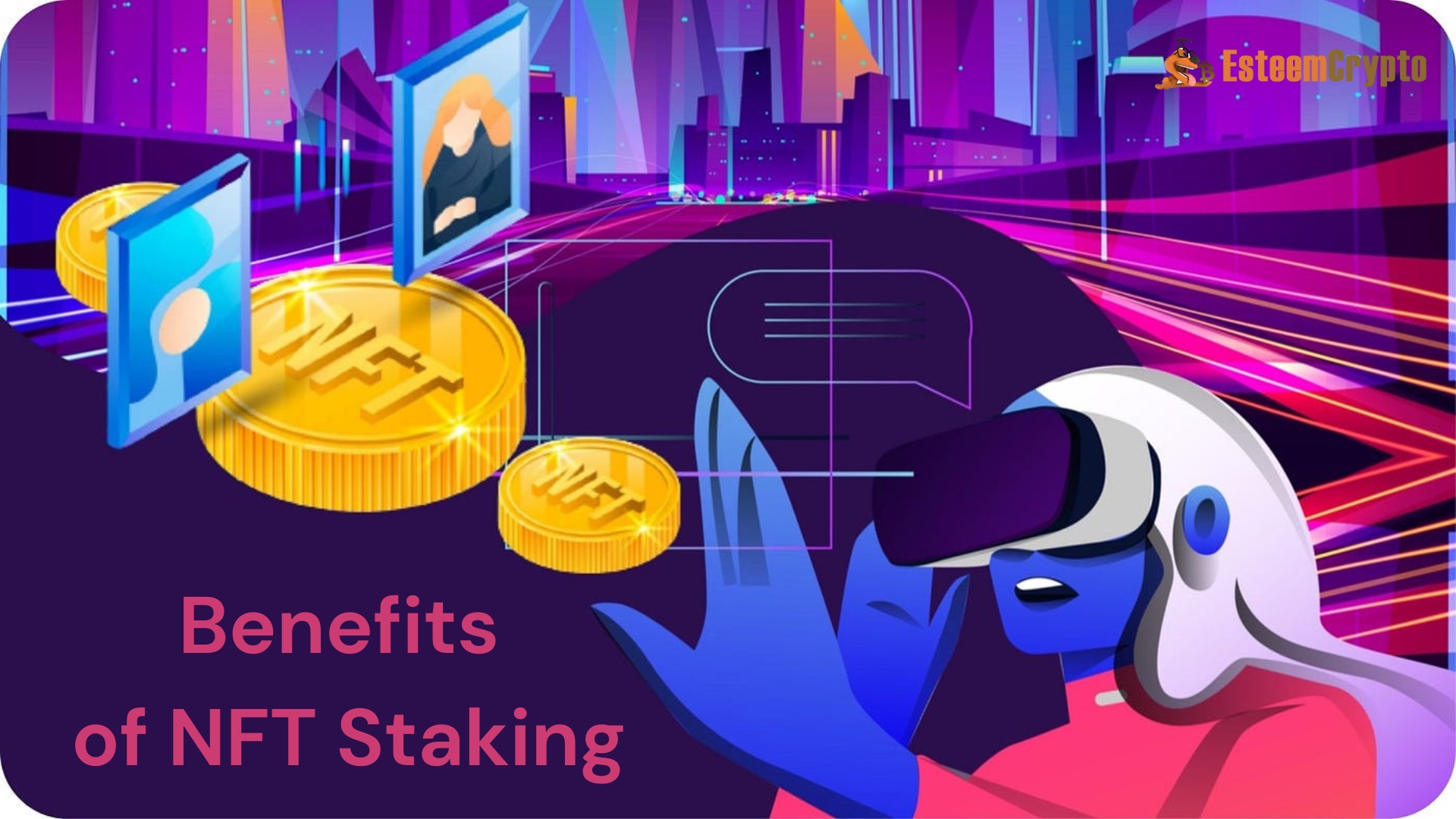
NFT staking offers several benefits, both for individual users and the broader blockchain ecosystem:
- Passive Income: NFT holders can earn a steady income without selling their assets. This is particularly attractive in volatile markets where selling an NFT might not yield the desired returns.
- Enhanced Utility: Staking adds another utility layer to NFTs beyond mere ownership. It transforms NFTs from static assets into dynamic, income-generating tools.
- Increased Value for NFT Ecosystems: Platforms that encourage staking can foster stronger community engagement and loyalty. This can lead to increased demand for NFTs, driving up their value and enhancing the platform’s overall ecosystem.
- Reduced Market Volatility: NFT staking can help stabilize markets by reducing the number of NFTs available for immediate sale. As more NFTs are locked up, supply decreases, which can mitigate sharp price fluctuations.
Challenges and Risks
While NFT staking presents exciting opportunities, it is not without its challenges and risks:
- Smart Contract Risks: Staking involves locking NFTs in smart contracts, which are not immune to bugs or vulnerabilities. A poorly coded contract could lead to the loss of staked assets.
- Liquidity Issues: Staking typically requires locking up NFTs for a period, which could lead to liquidity problems for users who need immediate access to their assets.
- Market Risk: The value of NFTs can be highly volatile. If the market value of a staked NFT drops significantly, the rewards earned might not compensate for the loss in asset value.
- Regulatory Uncertainty: As with many aspects of the blockchain industry, NFT staking operates in a relatively unregulated space. Future regulations could impact the legality or viability of staking platforms.
Future Outlook
NFT staking is still in its early stages but holds immense growth and innovation potential. As the NFT market matures, we can expect more sophisticated staking mechanisms, including integrating NFTs into broader DeFi ecosystems, developing cross-chain staking solutions, and emerging novel reward structures.
Moreover, as more platforms adopt NFT staking, it could become a standard feature in NFT ecosystems, much like staking has become in the broader cryptocurrency world. This would increase the utility of NFTs and drive further adoption by offering users new ways to engage with and benefit from their digital assets.
In conclusion, NFT staking represents a significant step forward in the evolution of digital assets. It offers a unique blend of financial incentives, enhanced utility, and community engagement, making it a compelling option for NFT holders looking to maximize the value of their assets. As the landscape evolves, NFT staking could become a cornerstone of the next generation of blockchain-based financial systems.

